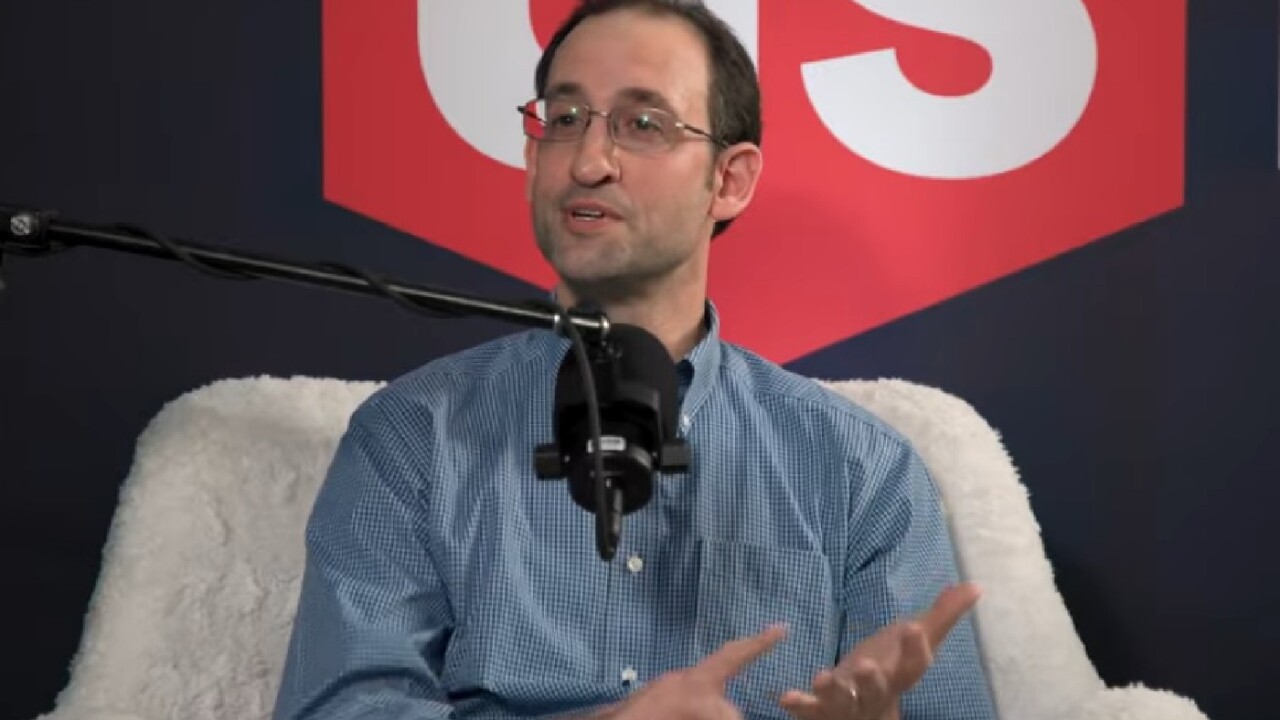While many observers agree artificial intelligence is the future, getting there has not always been easy.
During the BankAI conference last week, however, speakers offered insights on what they've learned in implementing AI into the various parts of the financial system, including customer-facing, back-office and risk and compliance areas.
Following are the lessons they offered.









